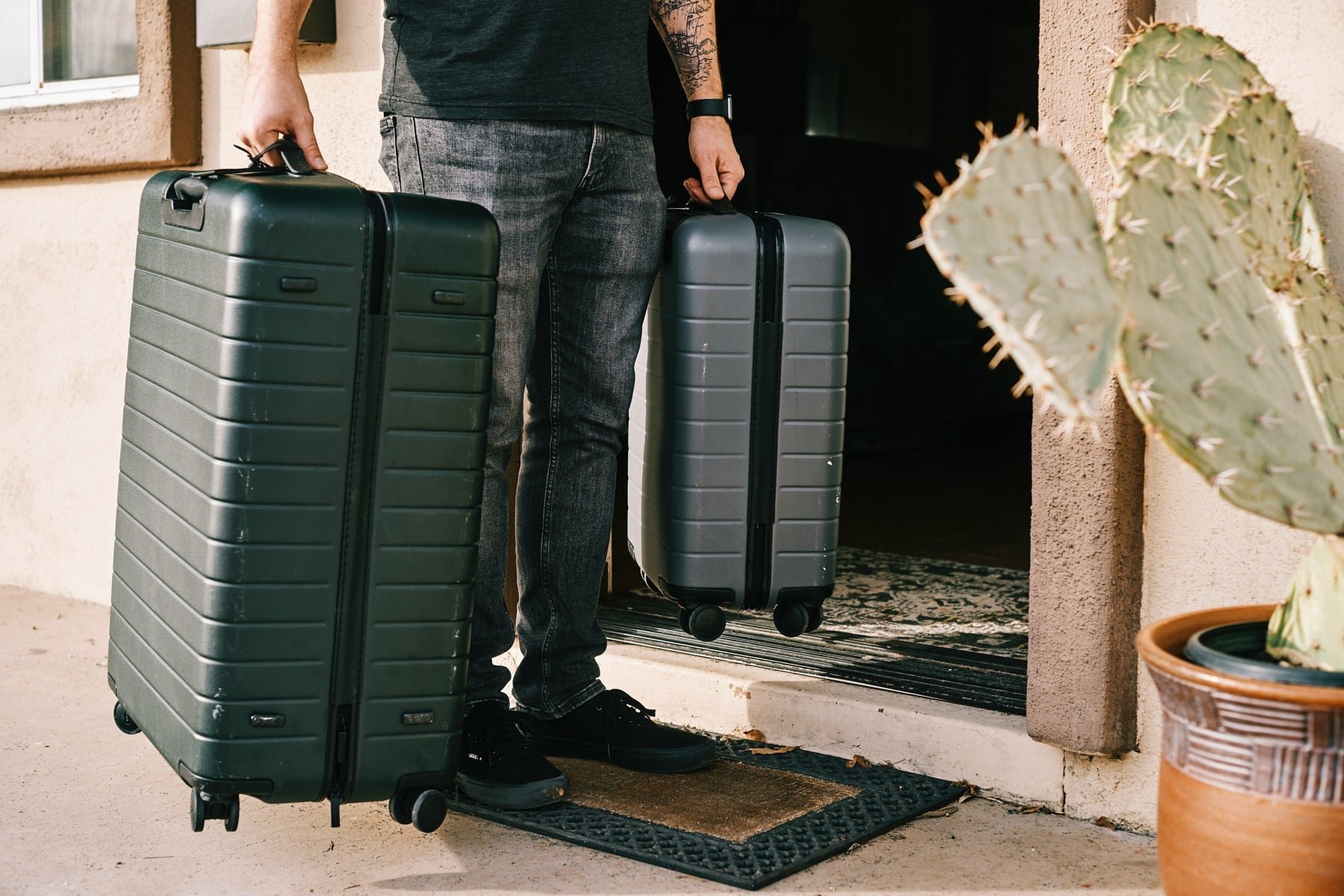A Comprehensive Guide to International Packing
Unlike a local move, international shipping introduces a whole new level of considerations: customs regulations, potential damage from long journeys, and the sheer logistics of getting your belongings across oceans. Don’t worry; we at Ottawa Pro Movers are here to guide you through this process. We've seen countless families navigate these challenges successfully, and we want to share our expertise so your move is as smooth as possible.
Why Packing for International Shipping Differs
Local moves focus on efficiency and minimizing transit time. International moves prioritize protection and compliance. Think of it like this: you’re not just moving boxes; you're preparing them for a potential voyage across the globe, subject to varying climates, handling conditions, and customs inspections.
1. Inventory is Your Best Friend (and Customs' Too!)
This isn't optional! A detailed inventory list is absolutely crucial. It’s not just about knowing what you own; it's a legal requirement for customs clearance in most countries. Be meticulous include descriptions, values, and quantities of everything being shipped. This will save you headaches (and potential delays) later on. You can find more information about our moving policies here.
2. Choosing the Right Packing Materials: It's Not Just About Boxes
Forget flimsy cardboard! International shipping demands robust packing materials.
- Double-Walled Cardboard Boxes: These are a must for heavier items and offer significantly better protection than single-walled boxes.
- Bubble Wrap & Foam Padding: Generous amounts of these are your best defense against impacts. Don’t skimp!
- Packing Paper (Unprinted): Ideal for wrapping delicate items and filling voids in boxes to prevent shifting. Newspaper ink can transfer, so avoid it.
- Stretch Film (Shrink Wrap): Useful for securing furniture pads and protecting entire pallets of goods.
- Waterproof Liners: Consider lining boxes with plastic bags or using waterproof tape, especially for electronics or items susceptible to moisture damage.
3. Mastering the Art of Packing Specific Items
Certain items require special attention:
- Electronics: Use original packaging whenever possible. If not available, wrap thoroughly in bubble wrap and consider anti-static packing peanuts.
- Fragile Items (Glassware, Ceramics): Wrap each item individually in multiple layers of bubble wrap. Pack them snugly in boxes surrounded by packing paper or foam. Label the box clearly as "FRAGILE."
- Liquids: Absolutely must be sealed tightly and placed in leak-proof bags within a sturdy container. Declare all liquids on your customs inventory.
- Clothing & Textiles: Vacuum seal clothing to reduce bulk and protect against moisture and pests.
- Furniture: Disassemble as much as possible (we offer disassembly and reassembly services!) and wrap individual pieces carefully. Protect corners with cardboard or foam padding.
4. Understanding Customs Regulations: Know Before You Go!
Each country has its own import restrictions and prohibited items list. Research these thoroughly well in advance of your move. Failing to declare something can result in fines, delays, or even confiscation of goods. Common restricted items include certain foods, plants, medications, and antiques. We strongly recommend consulting with a customs broker for expert guidance it’s an investment that can save you significant trouble down the line.
5. Labeling Like a Pro: Clarity is Key
Clear and accurate labeling is essential for international shipping.
- Multiple Languages: Consider labeling boxes in both English and the language of your destination country.
- Room Designation: Clearly mark which room each box belongs to in your new home.
- Fragile & Handle With Care: Use these labels liberally on boxes containing delicate items.
- Inventory Numbering: Correlate box labels with your detailed inventory list for easy tracking and customs verification.
6. Palletization: Securing Your Goods for the Journey
Palletizing is a common practice for international shipping, especially for larger moves. It involves securing boxes onto wooden pallets, wrapping them tightly in stretch film, and often banding them together for added stability. This protects your belongings from damage during transit and makes handling easier at ports and customs facilities. We offer palletization services to ensure your goods are properly secured.
7. Consider Professional Packing Services: Peace of Mind is Priceless
Packing for international shipping is a significant undertaking. If you're feeling overwhelmed or simply don’t have the time, consider hiring professional packers. Our team at Ottawa Pro Movers has extensive experience with international moves and can handle every aspect of the packing process, ensuring your belongings are protected and compliant with customs regulations. You can explore our comprehensive packing services for more details.
Your International Move Starts Here
Moving overseas is a big step, but with careful planning and preparation, you can make it a positive experience. By following these tips, you’ll be well on your way to a successful international relocation.

%402x.svg)



